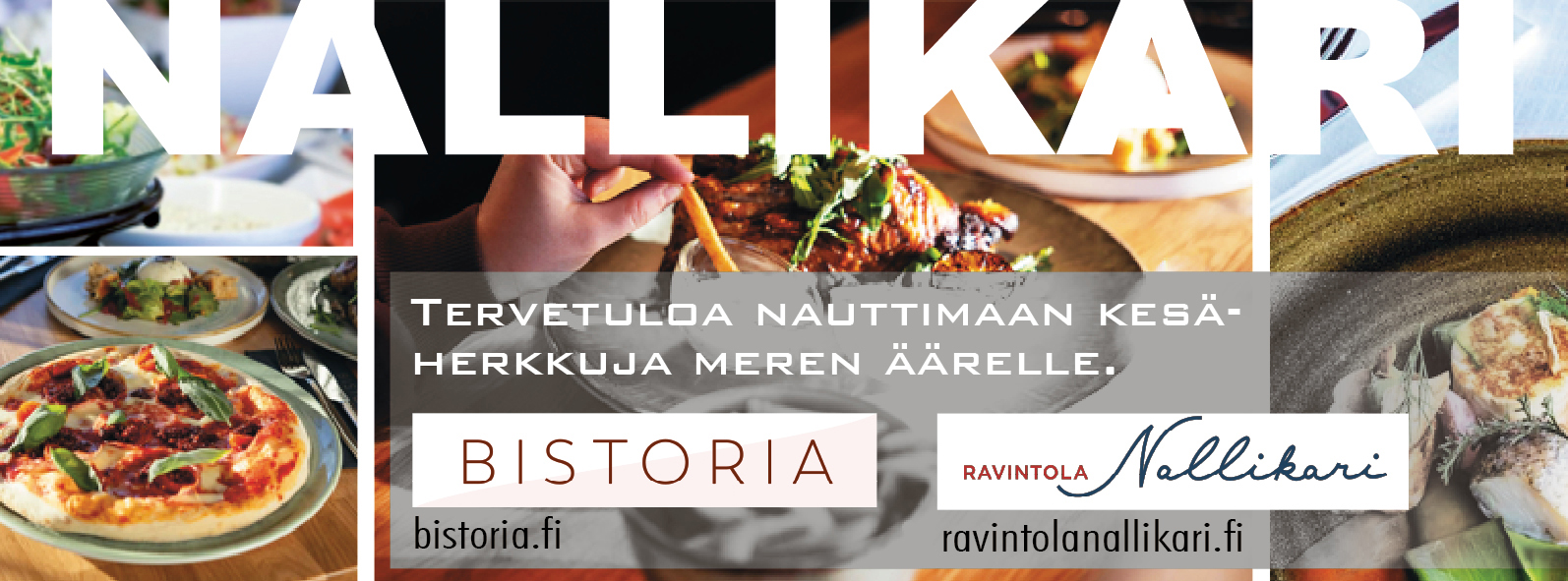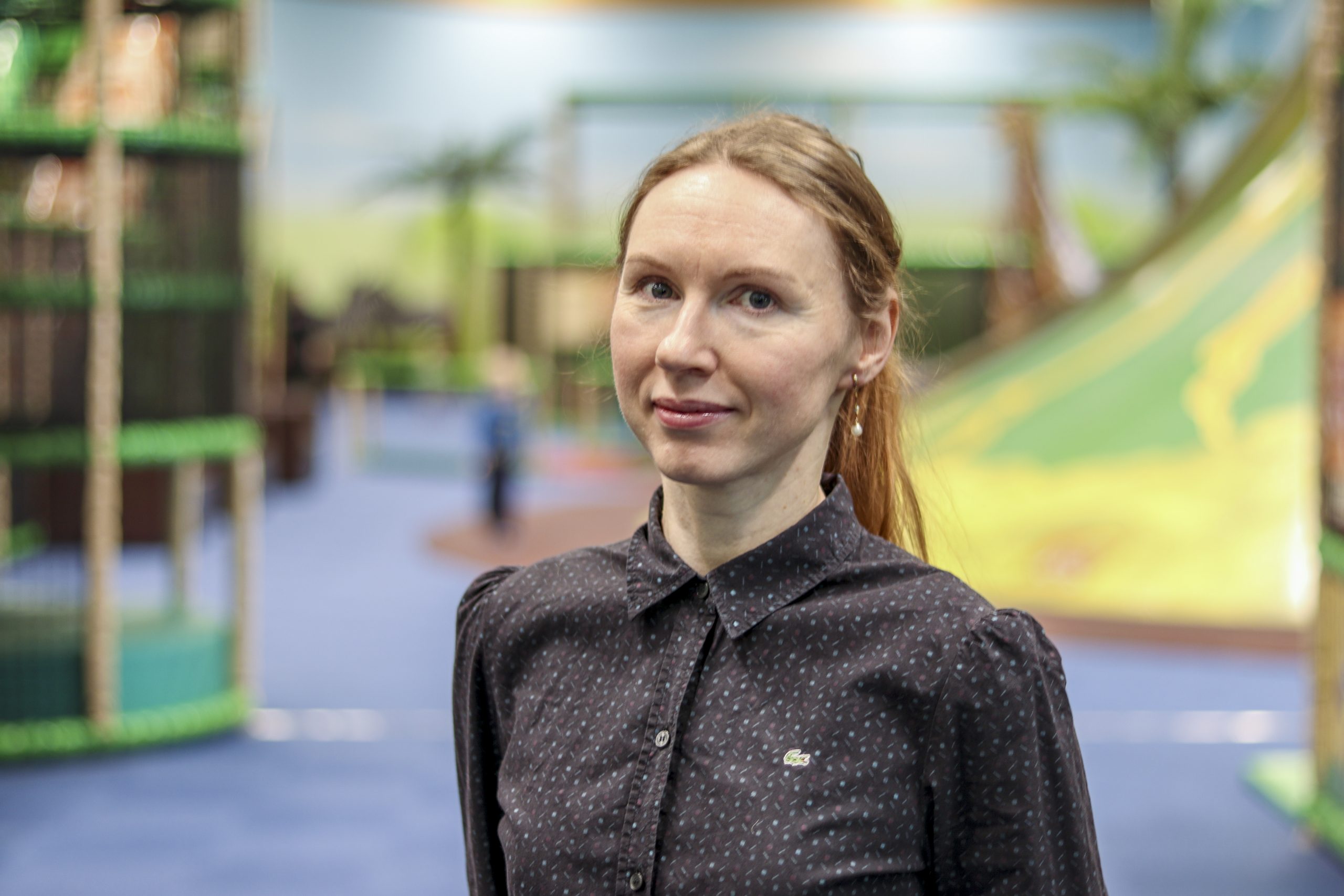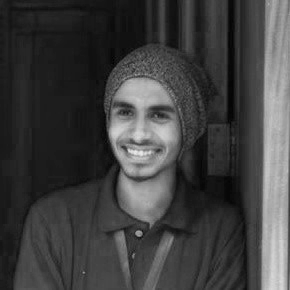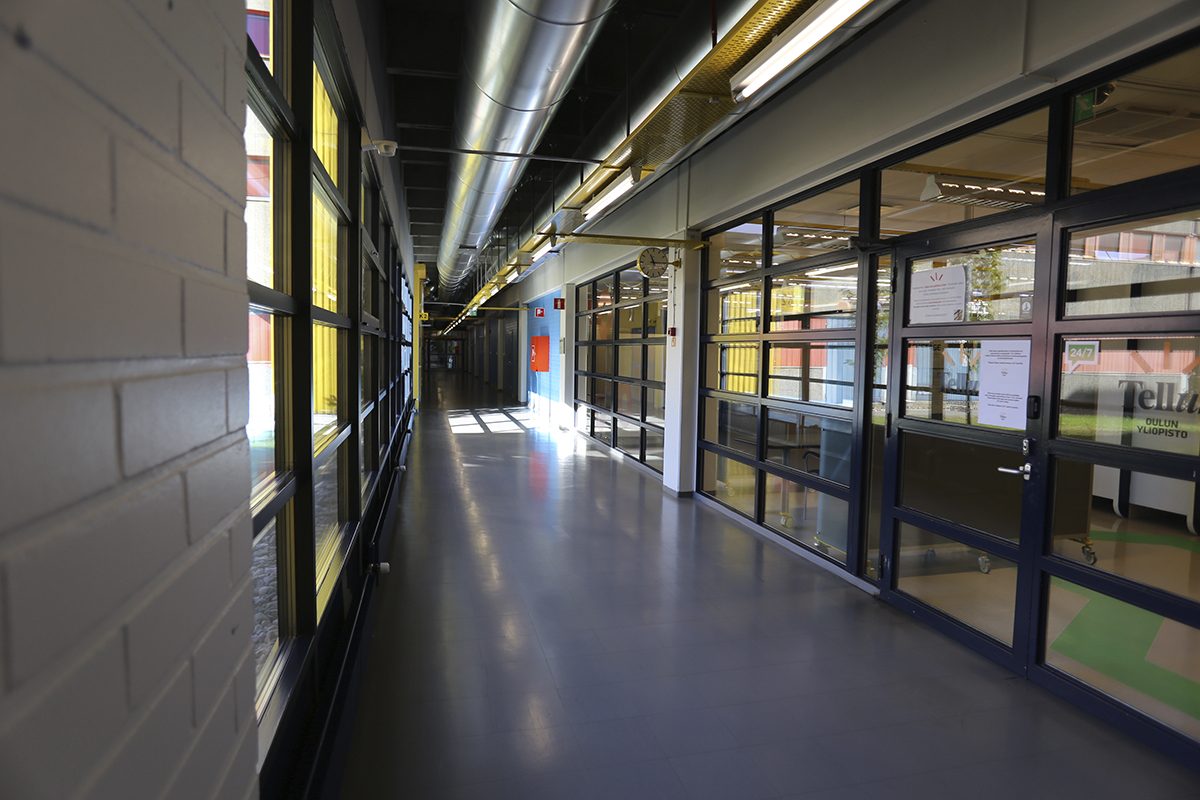Looking at the Earth from the North Pole, it can take a while to recognise different areas. For Anastasia Emelyanova, postdoctoral researcher from the Thule Institute of the University of Oulu specialising in Arctic health and demography, a pole-centric angle is one of the most familiar ones.
Emelyanova, who is from Arkhangelsk, a north-western city in Russia located approximately in parallel with Oulu, finds it natural to interpret the world from an Arctic perspective. Although understanding the value of the Arctic comes naturally for someone born and working in the region, on a worldwide scale it is only seen as “somewhere far in the north.”
A couple of years of research scholarship in Austria gave a new perspective for how northern issues are seen from elsewhere.
“When people asked me about my field of research, ‘arctic’ was most of the time mixed up with ‘art’,” Emelyanova describes a common point of confusion with a laugh.
At the University of Oulu, Arctic themes are familiar at least in advertisement and attitude. In the beginning of 2023, the first Arctic strategy of the university was established aiming to respond to current megatrends while taking welfare of the planet and business targets into account.
What are the unique ways in which these global challenges affect the North?
Differences and Commonalities in the Area
Arctic administrative areas only include one country in its entirety, Iceland, located south of the Arctic Circle. Therefore, as a topic of research, the area is not strictly limited to the circle of latitude commonly thought of as the true mark of the North, but rather it follows the borders of national administrative areas. For example, in Finland, Lapland, Northern Ostrobothnia, and Kainuu regions are often included into Arctic research.
Emelyanova emphasises the heterogeneity of the area and its residents. It is important to research diverse areas as a whole to prevent northern special characteristics from getting lost in national decision-making. Thus, there is no one solution that would fit an area with a population of approximately 10 million people residing the 10 percent of the land area of Earth.
Climate is the most obvious commonality in the area. This is also reflected in Emelyanova’s currently ongoing Nordic research project, where she acts as coordinator and principal investigator from Finland. A current point of interest is the area’s ageing population’s experience of spending time outdoors during the winter.
Solutions are sought for round the world to the demographic megatrend of societal ageing. To advance resident-oriented policy, solutions must be found for each individual region, and it is important to include local people in planning and decision-making.
Population growth and decline in the Arctic area largely follow the global trend of moving towards smaller numbers of children and longer life expectancy. In the areas predominantly populated with indigenous people, the number of children may still deviate from global trends and be larger. As for life expectancy, different parts of the region can still vary by up to 20 years.
Another commonality is transfer of human capital from the northernmost areas to southern, more populated regions or capitals. Something should be done to ensure that expertise gained from working and studying remains also in the North. Innovative, creative, and skilled people certainly add to the attractiveness of cities, but first the trend of attractiveness must be turned around.
Working Together Towards the Better Future
“As a researcher, I find it important to make sure my results aren’t hidden in my computer. For example, we write Policy Briefs for decision makers, and deliver the results both to the scientific community and the local community in question.”
However, this beautiful goal of integrating research into real life rarely happens as well as hoped for. The efforts are not all in vain, but there is still room for improvement in decision makers willingness to include the data in their processes.
Wide-ranging research collaboration is emphasised when dealing with multidimensional challenges. The work of an international research team, which Emelyanova is part of, is one example of the activities of the One Health spearhead in the Arctic Strategy of the University of Oulu. According to the spearhead, the health of people, animals, and the ecosystem go hand in hand.
The One Health research team is also part of the Arctic Five forum in which five northern universities collaborate in research and education. Another community adding to the internationality of Emelyanova’s work is the globally more widespread UArctic cooperative network consisting of 230 actors. Emelyanova is the Vice Lead of its Arctic Health Thematic Network.
She also serves as an example of the opportunities provided by the UArctic network, as she has graduated with master’s and doctoral degrees, which have been created by the universities in the network to strengthen the research competence in the area.
Arctic demography as a field of science sets its own requirements for cooperation between universities. International cooperation provides important points of comparison within the Arctic area as well as outside of it.
“The university’s Arctic Strategy is assumed to increase visibility of the theme in the lives of all students,” Emelyanova anticipates.
Effects of the War in Research
A few years ago, Emelyanova was still in close cooperation with Russian Arctic researchers. Now many databases have become unavailable, and researchers are kept more in the dark regarding the regional development of Russia. This brings massive challenges to Arctic research.
“Russia makes up roughly 75 percent of the Arctic population and about 50 percent of the land areas. How can we determine the ongoing changes if half of the area is missing from the statistics and research data? It is currently not possible to analyse the area as a whole.”
The lack of information is highlighted in climate change research as well. Many publications in the field have been forced to admit that the lack of data from Russia may render Arctic climate forecasting meaningless.
The many aspects of research have become clear to Emelyanova. Attending conferences and seminars, working with societal matters important to oneself, as well as working with motivated people all add to the appeal of the work. At the same time, regardless of the quality of one’s own work, there is always lingering uncertainty.
“Sometimes I think I should just retire from research and get another, more stable job,” Emelyanova laughs.
Regardless of its challenges, research still feels appealing, and combining it with everyday family life feels rewarding.
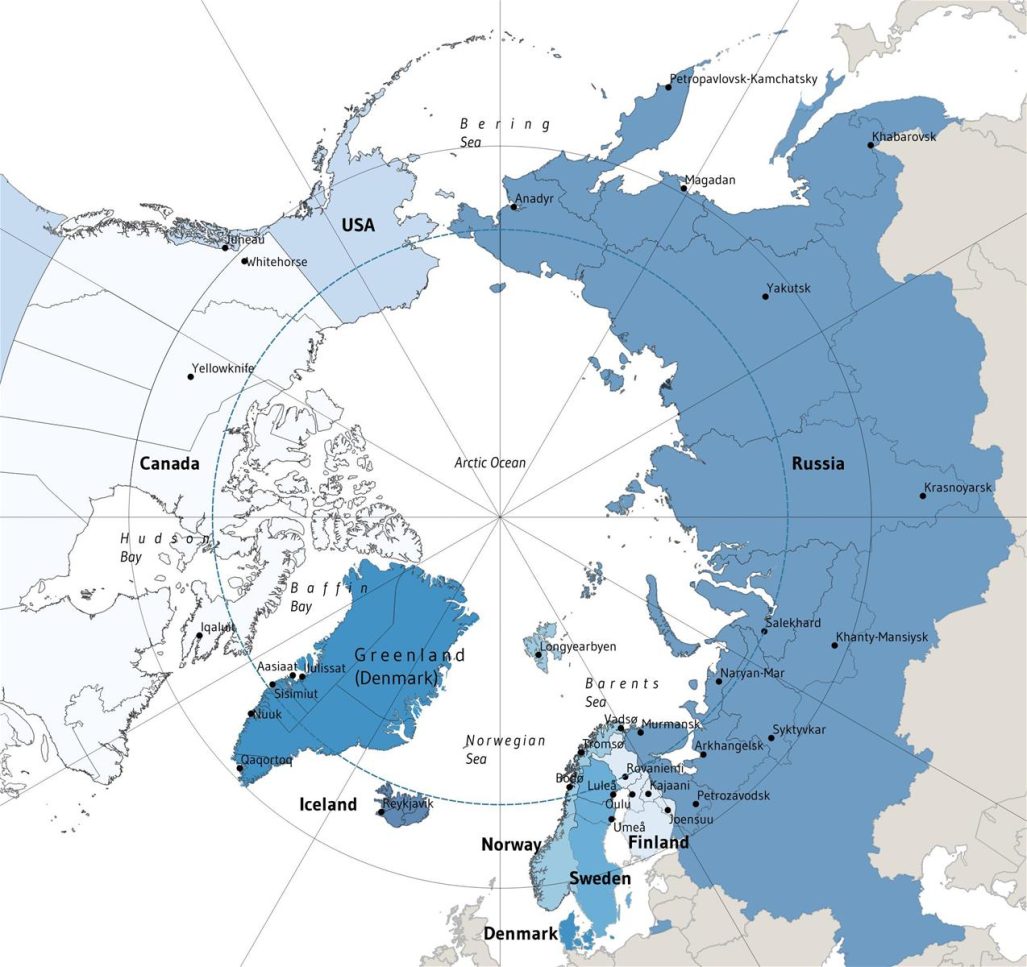
Map: Arto Vitikka, Arctic Centre, University of Lapland.
Credit for the border data: Runfola, D. et al. (2020) geoBoundaries: A global database of political administrative boundaries. PLoS ONE 15(4): e0231866. https://doi.org/10.1371/journal.pone.0231866e.

